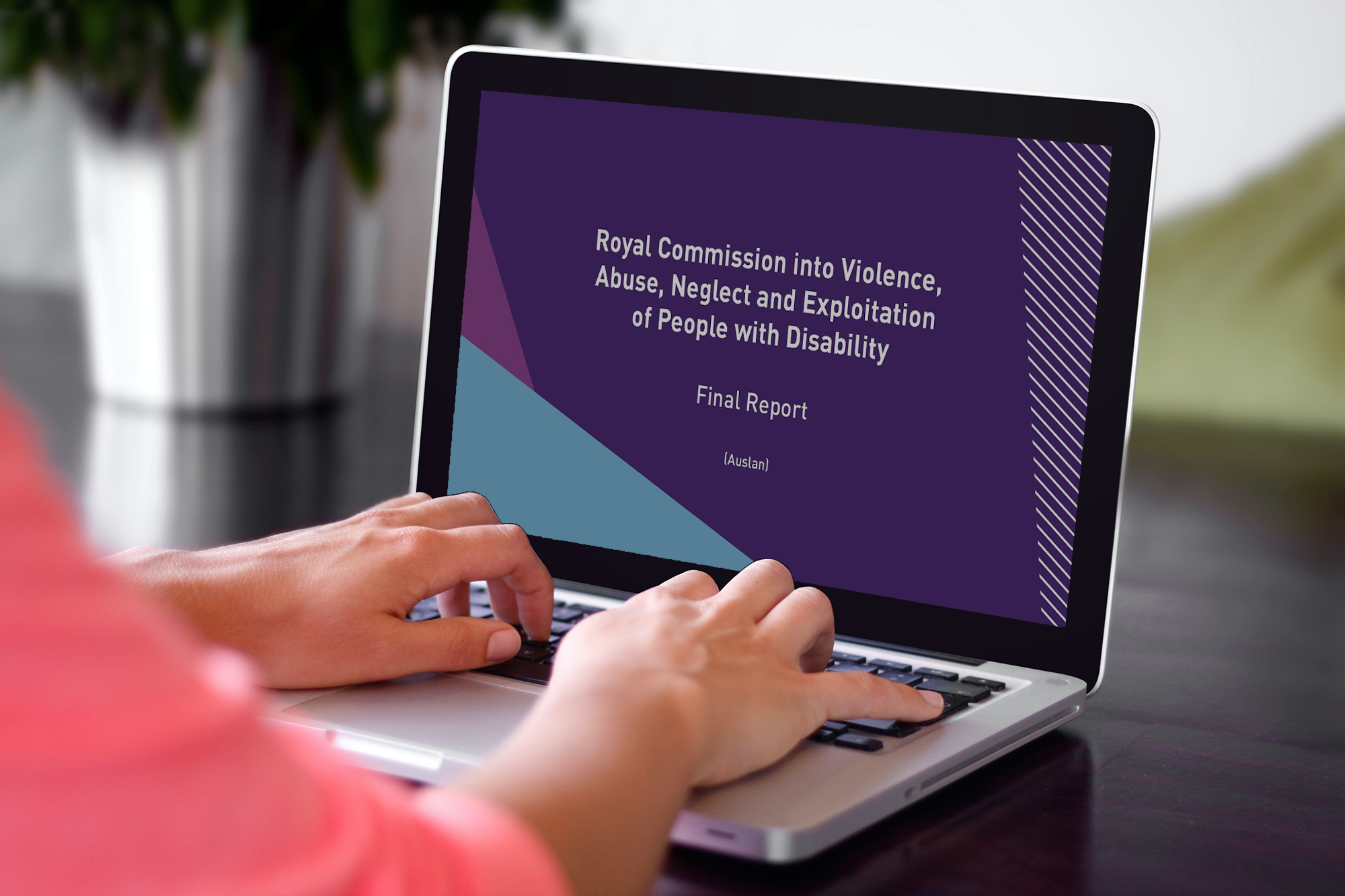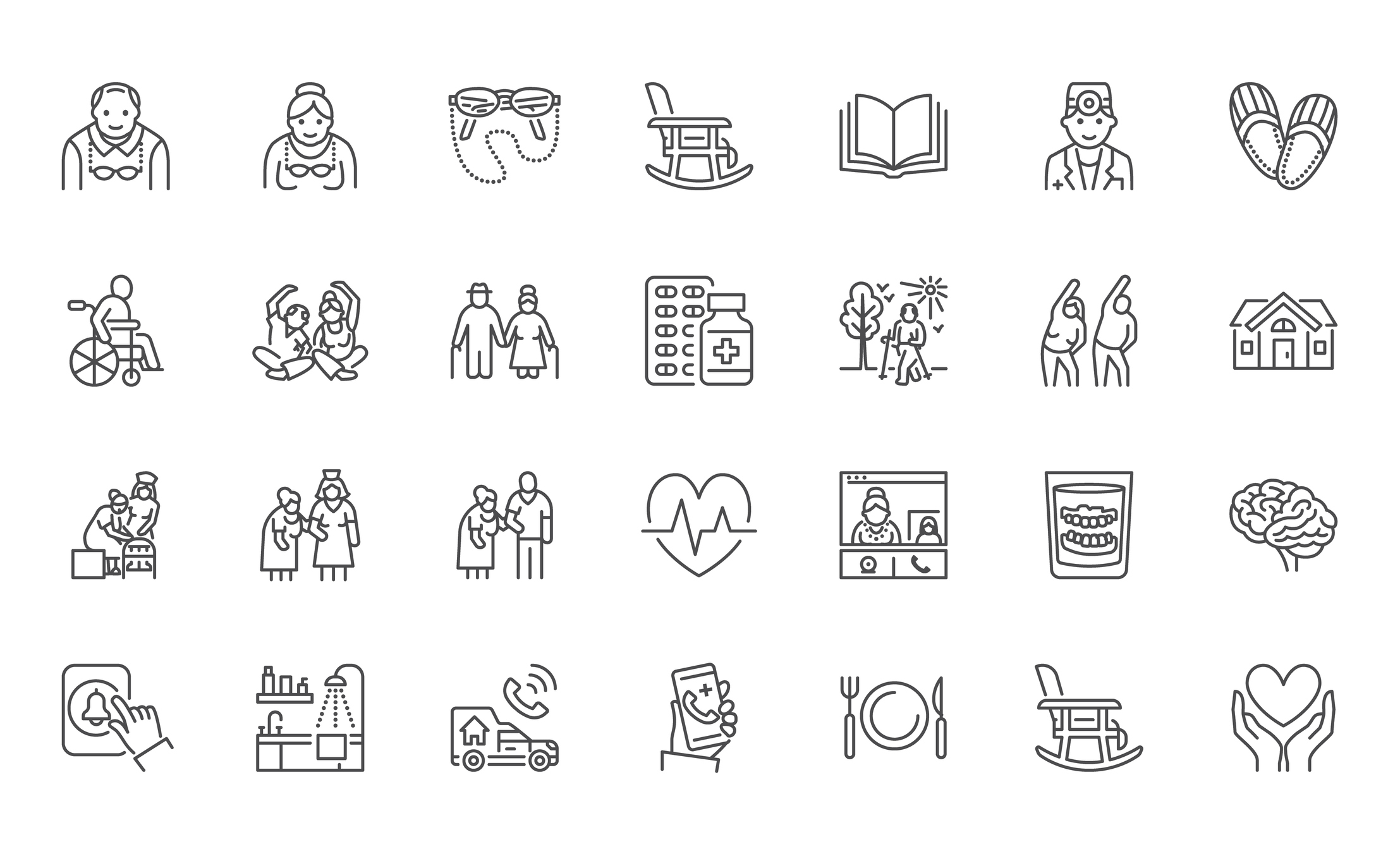The Australian Government has recently introduced measures to strengthen the regulation of restrictive practices (formerly known as restraints) in residential aged care settings. As of 1 July 2021, key definitions and processes regarding the regulation of restrictive practices in residential aged care have changed.
These changes reflect increased regulation over the area of restrictive practices, greater alignment with the regulations of the National Disability Insurance Scheme (NDIS), and an increased focus on informed consent.
The Aged Care Quality and Safety Commission’s Regulatory Bulletin lays out these changes in greater detail.
Changes from 1 July 2021
The changes are contained in legislative amendments to the Aged Care Act 1997 and Quality of Care Principles 2014, which came into effect on 1 July 2021. They clarify the limited circumstances in which restrictive practices can be used in relation to a care recipient.
The definition of restrictive practices has been changed to include chemical restraint, environmental restraint, mechanical restraint, physical restraint and seclusion.
Use permitted only in limited circumstances, and where specific requirements are met
Updates to the Quality of Care Principles have changed the circumstances in which restrictive practices can be used, which must be:
- Only as a last resort to prevent harm;
- After consideration of the impact of the practice;
- After best practice alternative strategies have been considered, used and documented;
- Only to the extent necessary, and in a proportionate manner;
- In the least restrictive form, and for the shortest time;
- Where informed consent is given; and
- In accordance with the care recipient’s care plan, the Aged Care Quality Standards, and the Charter of Aged Care Rights.
Specific requirements have been imposed separately for the use of chemical restraints.
While the restrictive practices are being used, the provider must regularly monitor the care recipient for signs of distress or harm, side effects and adverse events, changes in wellbeing, as well as independent functions or ability to undertake activities of daily living.
Emergency use
The Quality of Care Principles permit the temporary use of restrictive practices in the event of an emergency. In that situation, some of the specific use requirements, including the requirement to obtain consent, do not need to be met. This exemption from the requirements is to allow a provider to respond quickly to ensure the protection of a care recipient or other person from immediate harm. An emergency is a serious or dangerous, unforeseen situation which requires immediate action.
Following the emergency use of a restrictive practice, the provider is required to:
- Inform the care recipient’s restrictive practices substitute decision maker about the use of the restrictive practice, and document whether this occurred;
- Obtain consent for the restrictive practice and record as soon as practical; and
- Once the emergency is over, revert to the usual policies and procedures regarding the application or use of any restrictive practice for the care recipient. This includes documenting the use and consideration of alternative strategies.
Reporting on the use of physical restraint has also been revised with the publication of the National Aged Care Mandatory Quality Indicator Program Manual – 2.0, which also applies from 1 July 2021.
The updated manual states, “For the purposes of the QI Program, physical restraint includes all forms of restrictive practice, excluding chemical restraint.” This means that the quality indicator for physical restraint now includes physical restraint, mechanical restraint, environmental restraint and seclusion.
In line with these reforms, we have updated our Use of Restrictive Practices Aged Care Policy, which aligns with the revised legislation, and with the new QI Program Manual, and includes the following:
- Change in terminology from “restraints” to “restrictive practices”. This new term is used to describe all forms of “restraint”.
- Changes to the types and definitions of restrictive practices that may be used. These definitions include chemical restraint, environmental restraint, mechanical restraint, physical restraint, and seclusion.
- Clarification of existing processes that just be followed regarding consent, monitoring and evaluation, and requiring that any restrictive practice is used as a last resort.
- Revised definition of “physical restraint” for purpose of recording and reporting data for the National Aged Care Mandatory Quality Indicator Program.
Our policy will help providers and their staff ensure the correct process is followed in relation to use of restrictive practices, and to record and report physical restraint in accordance with the National Aged Care Mandatory Quality Indicator Program.
This resource can be found in the Reading Room by searching “use of restrictive practices”.
Changes from 1 September 2021
Further amendments will commence from 1 September 2021, requiring providers to comply with responsibilities relating to behaviour support plans.
This includes a new requirement for providers to have a behaviour support plan in place for any care recipient who has restrictive practices used as part of their care.
Behaviour support plans will have to include:
- Alternative strategies for addressing behaviours of concern;
- Any restrictive practices which are used or applied once alternative strategies have been tried; and
- Additional key information if the practice is used, and if its use is ongoing.
There will also be new obligations for reviewing, revising and consulting in relation to behaviour support plans.
As these amendments are not yet applicable, we have not yet included them in our updated policy. We will revise our policy again in advance of these changes.
Find key restrictive practices resources on SPP
Access our Use of Restrictive Practices (Aged Care) Policy in the SPP Reading Room.


